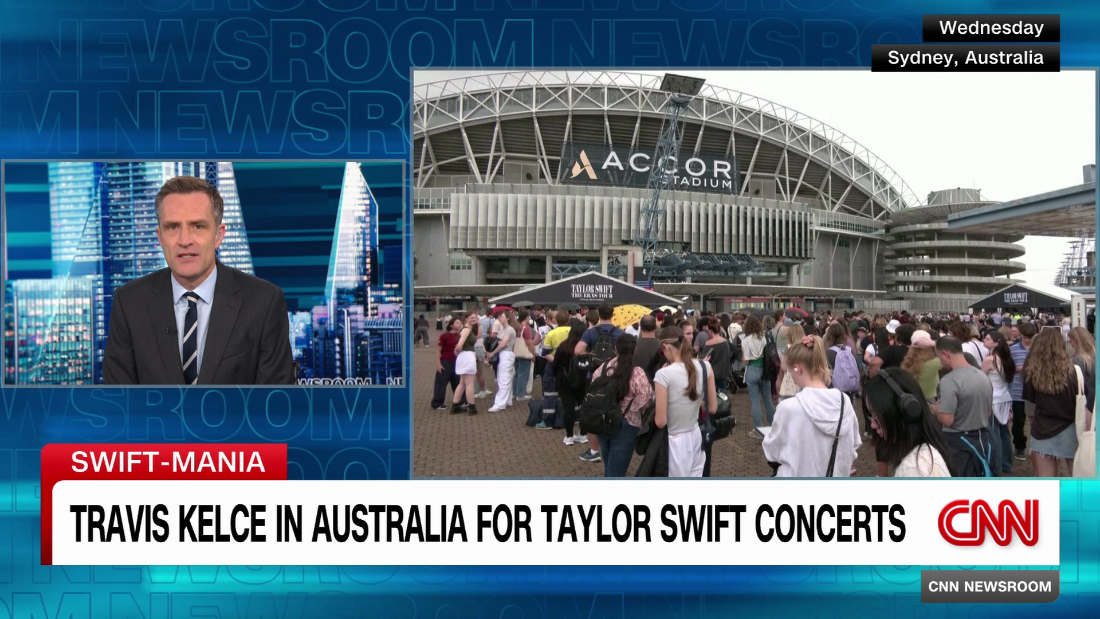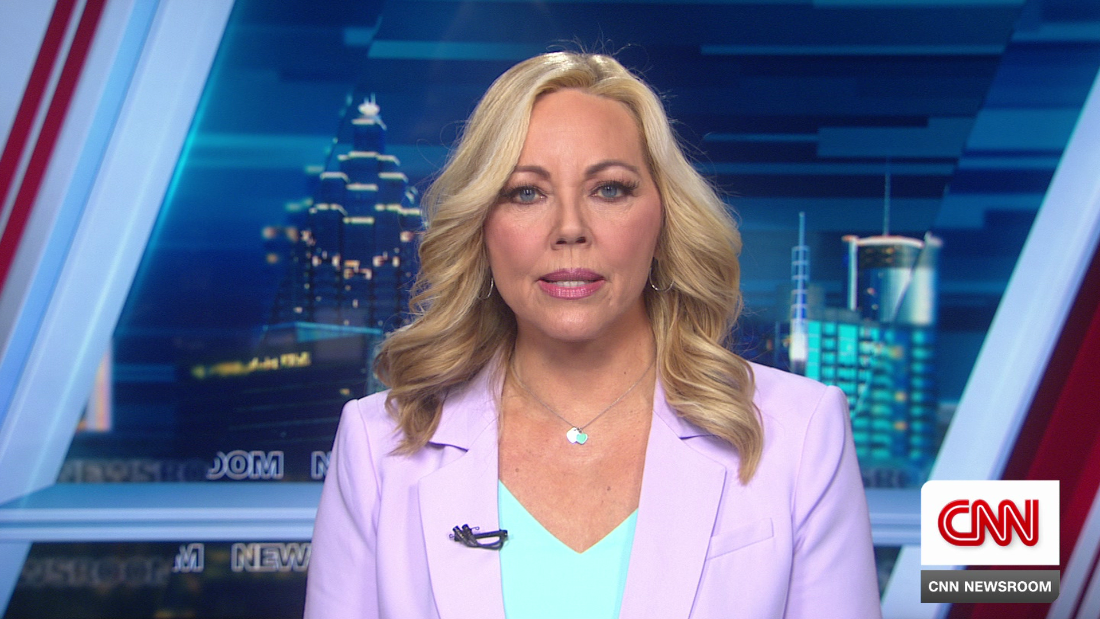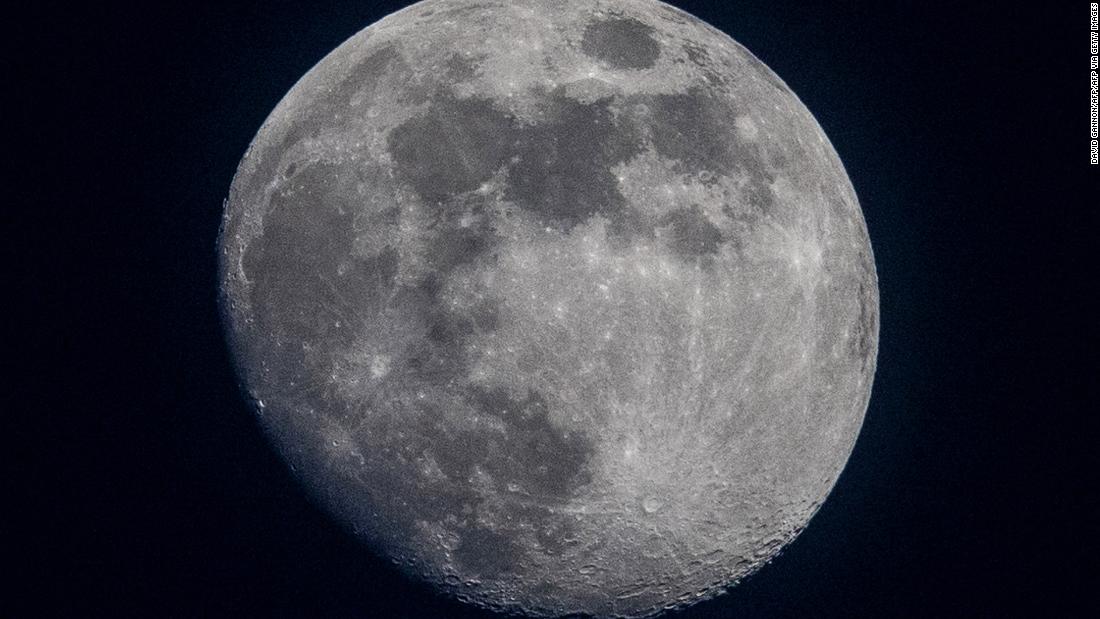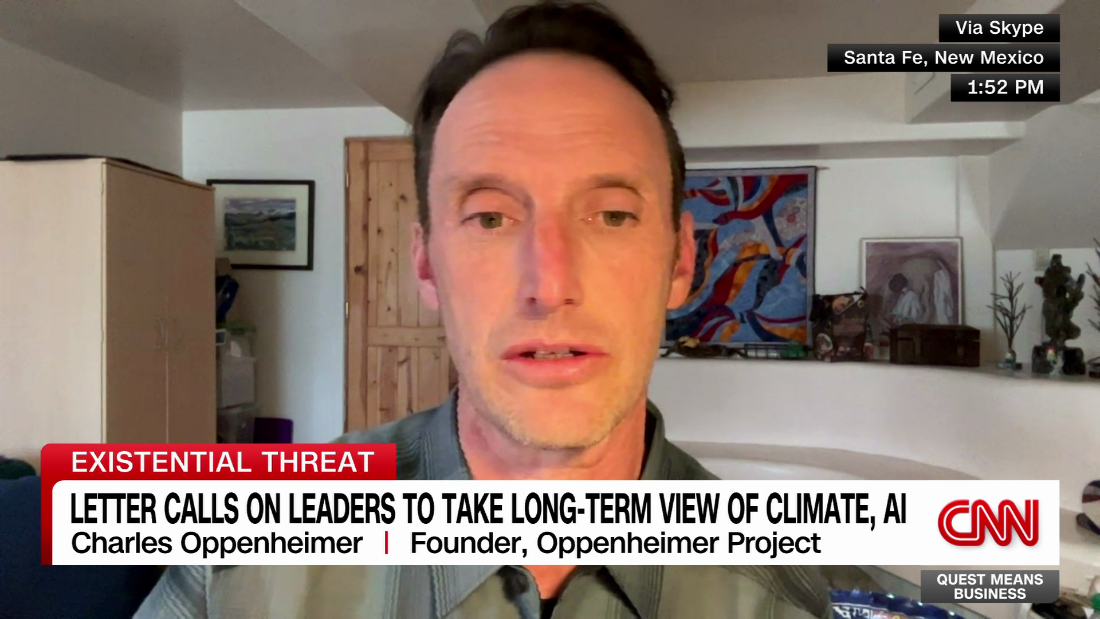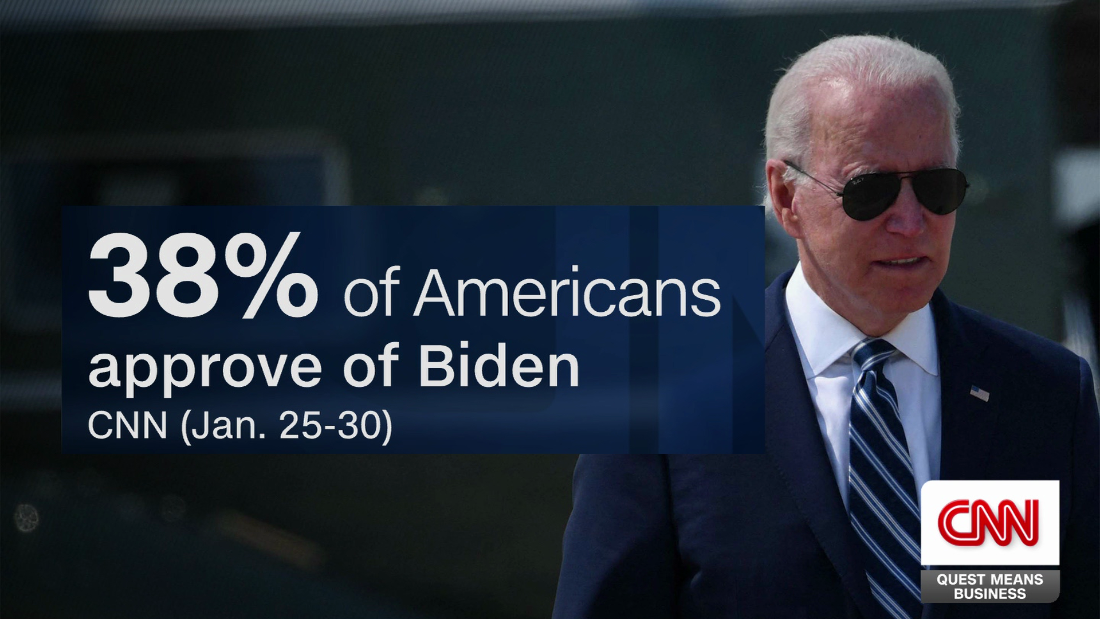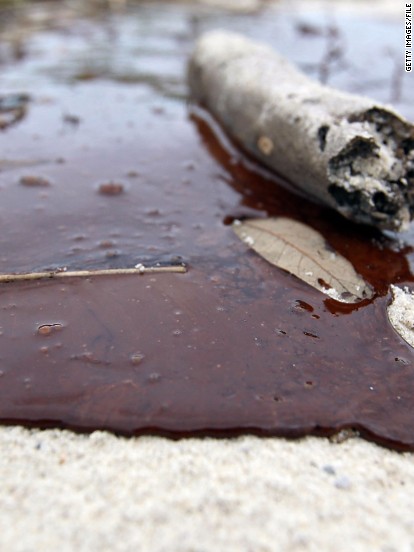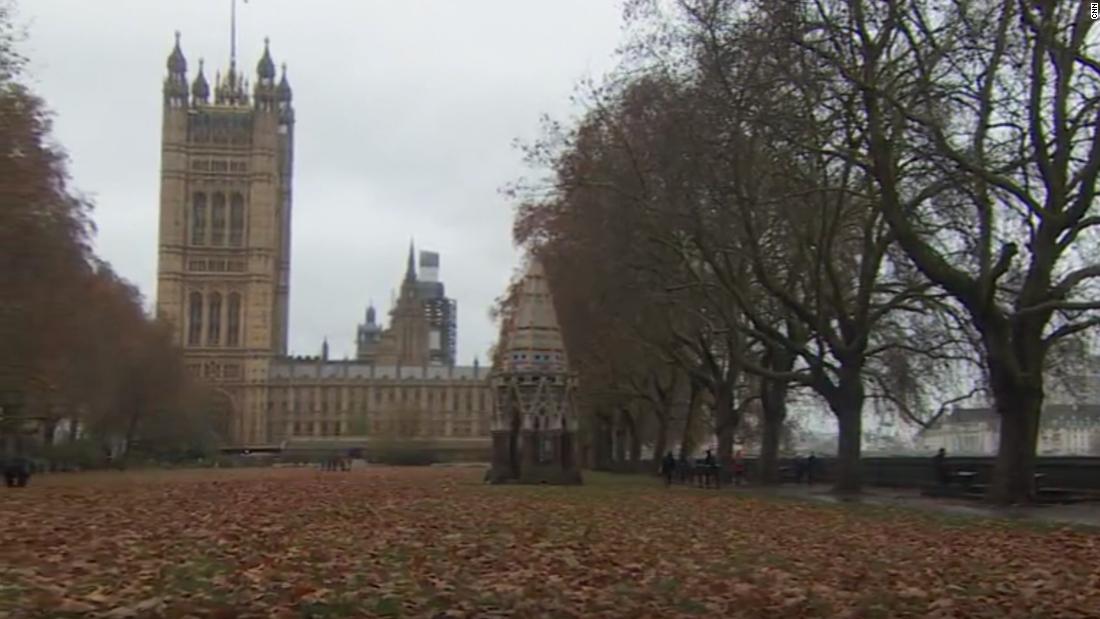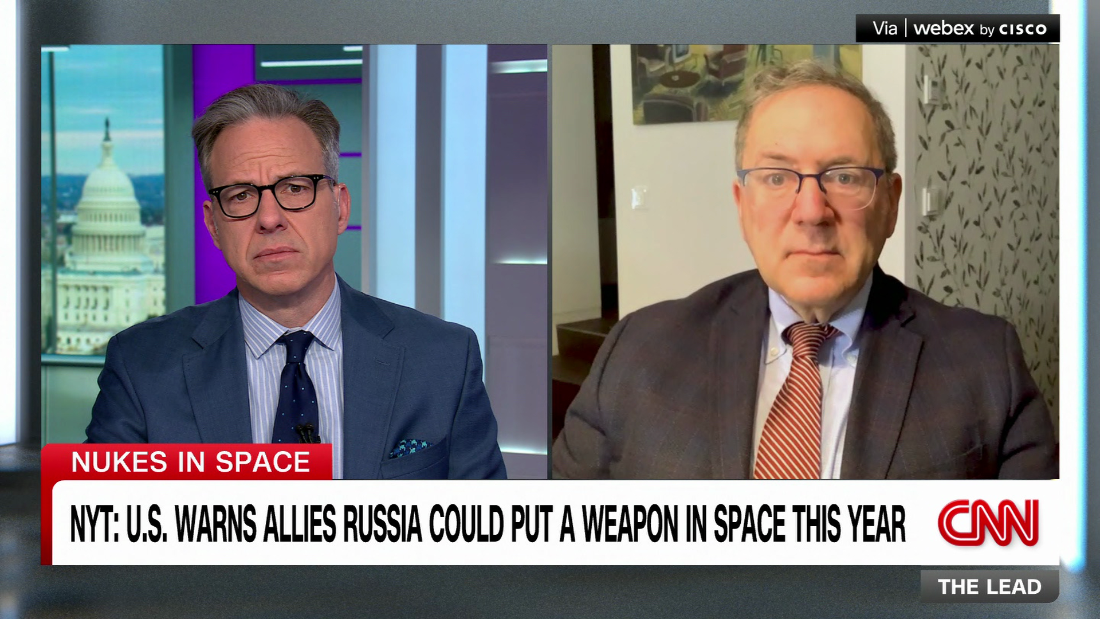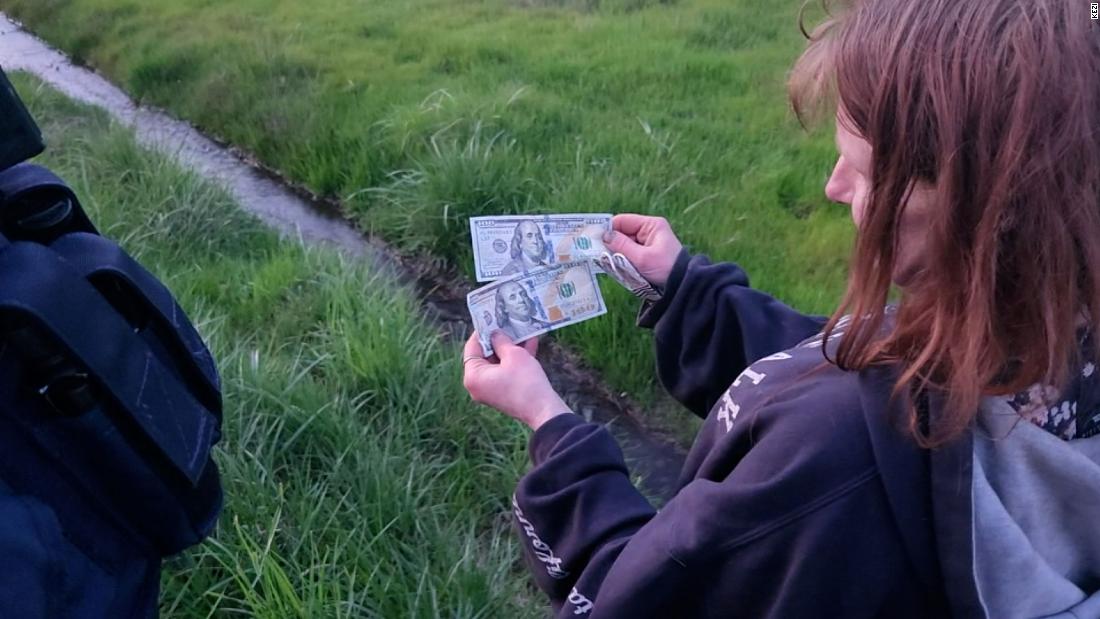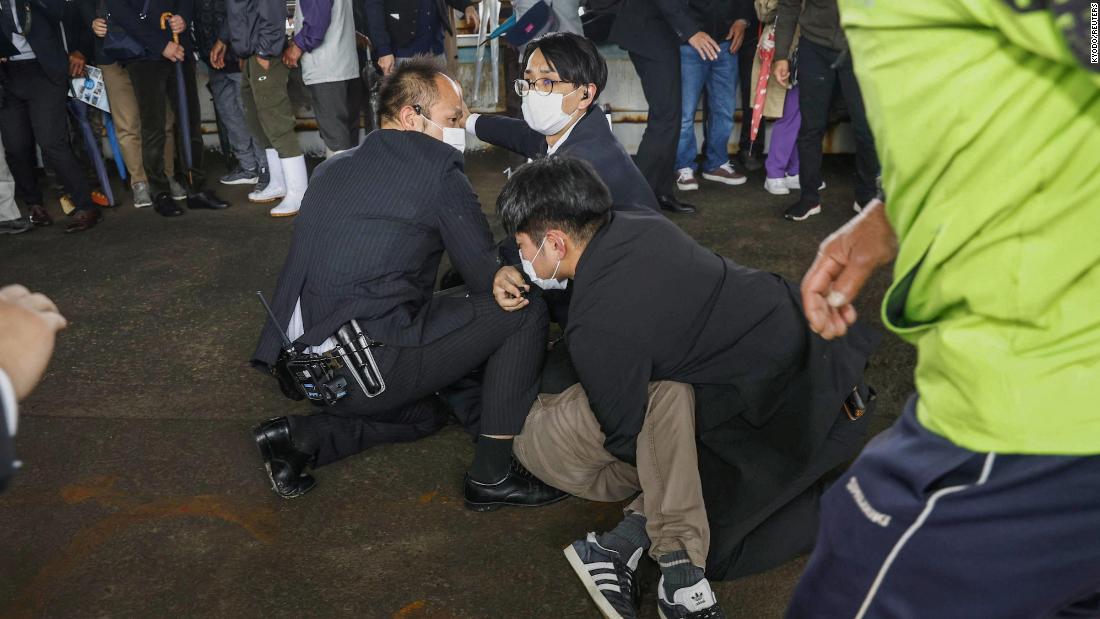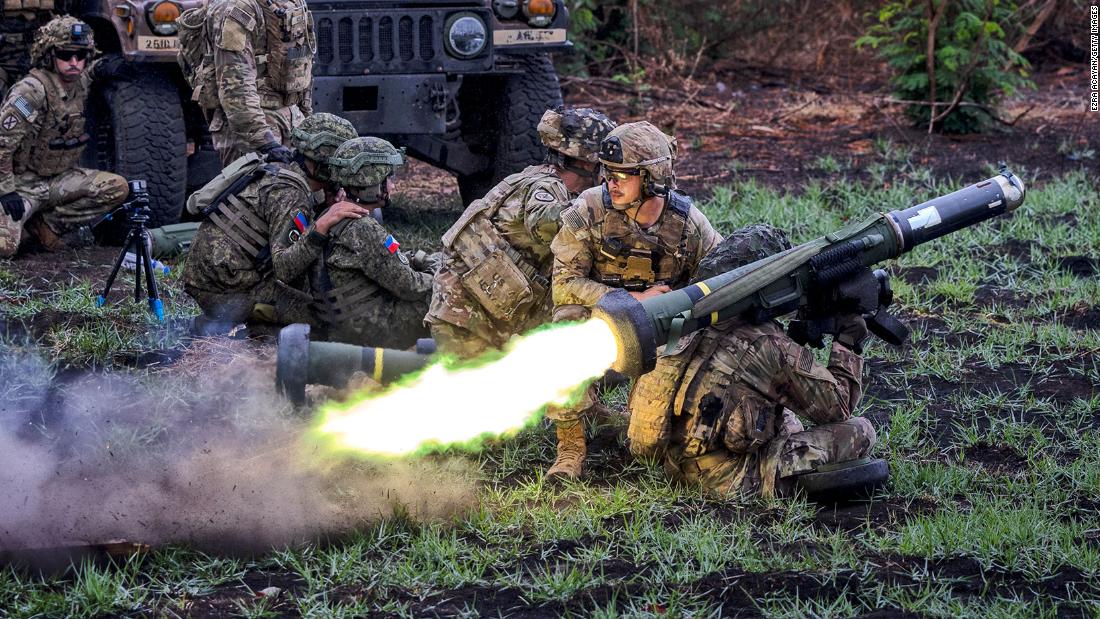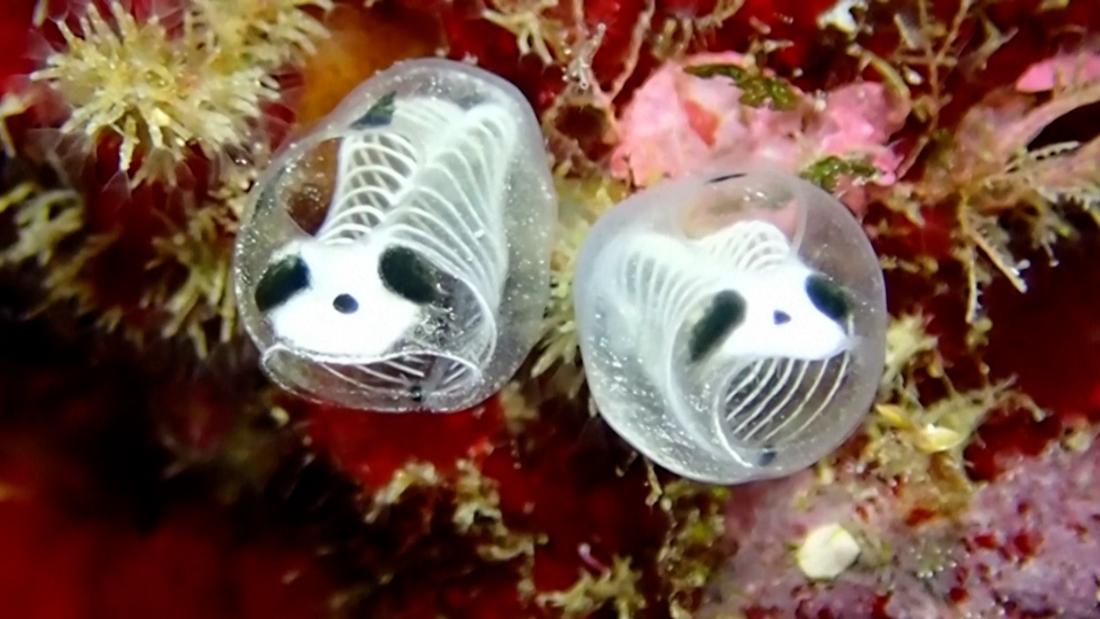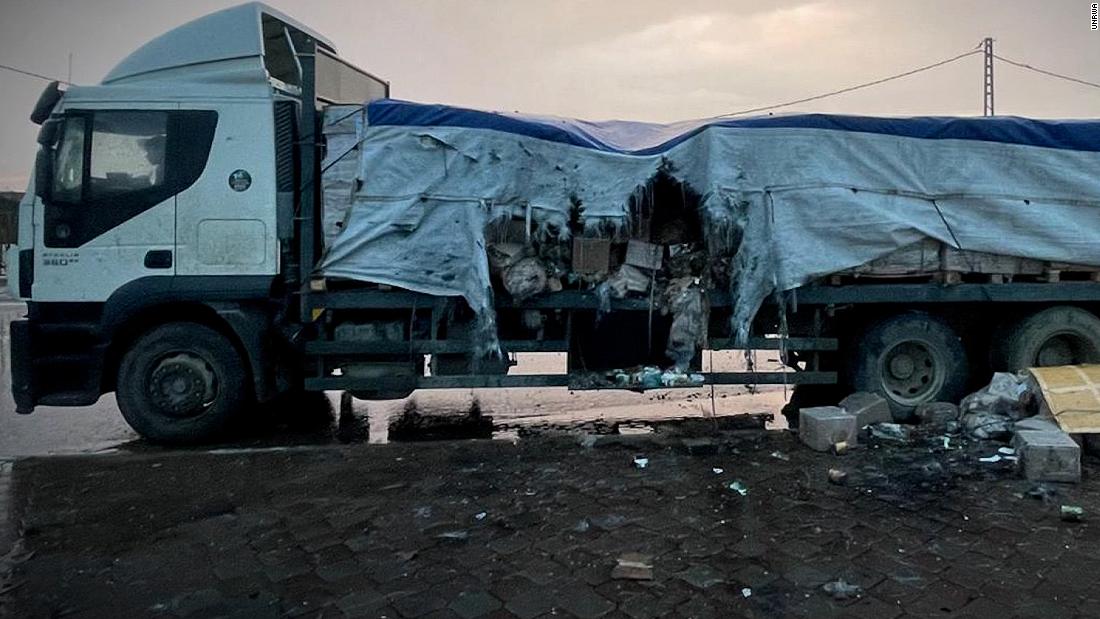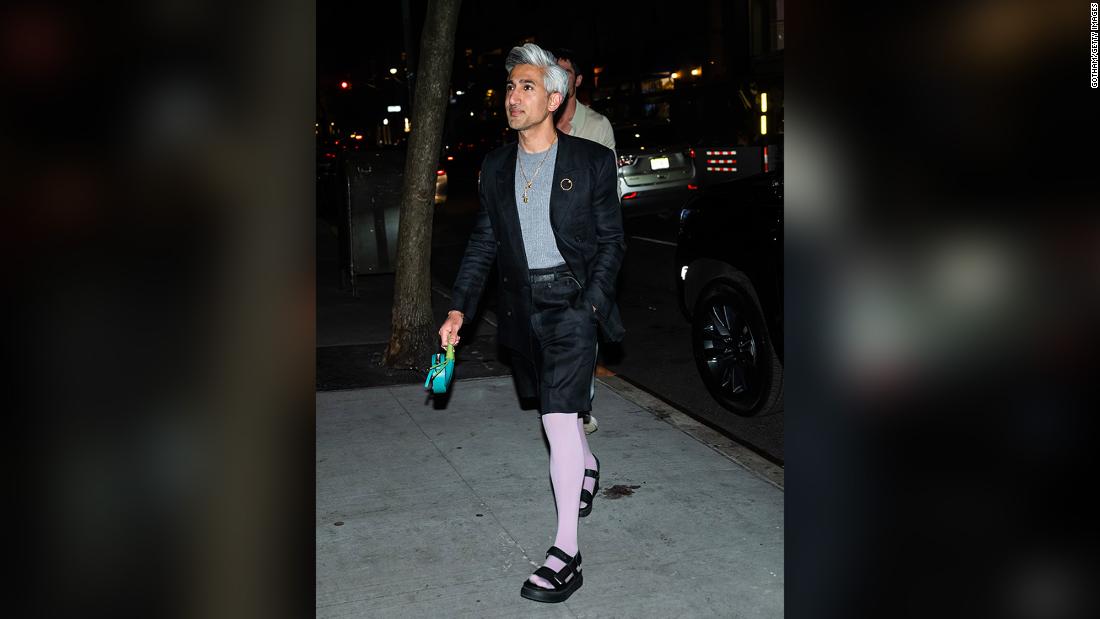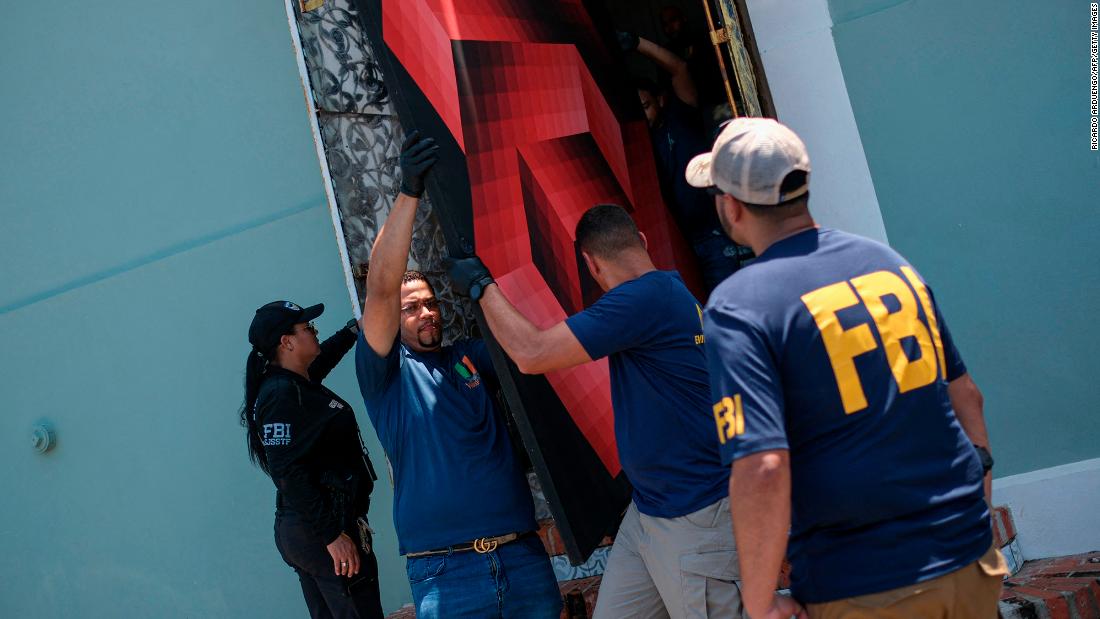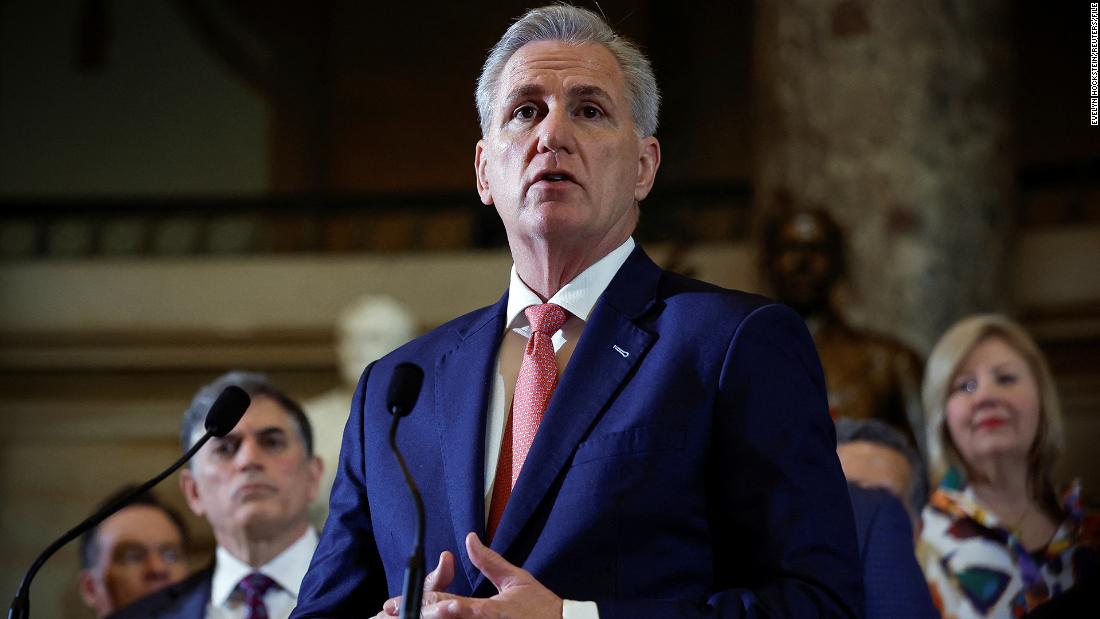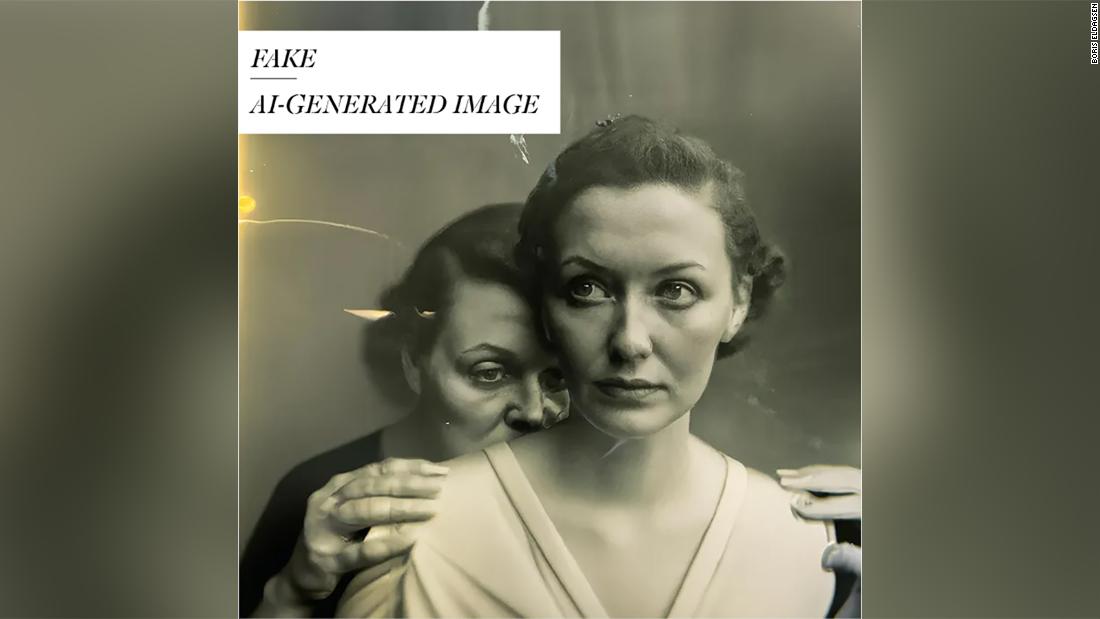COWERING in cages with only just enough room to move around, a tiger is lying on the floor with its fangless mouth open.
Its teeth have been filed down to show the roots, in a bid to stop it being able to have a lethal bite.
Channel 4Kira had to be sedated so that a vet could get close enough to treat her[/caption]
The animals are seen as a status symbol in Mexico thanks to drug cartels
The big cat, named Kira, has also had her claws removed, meaning a bone has been taken out of her paw, so she no longer has proper control of her feet.
This is the grim reality for thousands of big cats that have been illegally brought into Mexico as the demand for exotic pets soars.
In Unreported World: Mexico’s Exotic Pet Trade presenter Anja Popp heads into Mexico’s ‘golden triangle’ of drugs, guns and far-flung animals.
She says: “Sinaloa Mexico is home to the notorious Sinaloa Cartel and a growing obsession with big cats.
“In fact, it’s estimated that there are more tigers here than in the whole of India in the wild.
“Exotic animal shave been popular among narcos since the 1980s made them synonymous with power.
“Since then, big cats have become the hallmark of Mexico’s wealthy elite.”
Monkeys, parrots, big cats and tropical fish are a prime commodity in the North American country and is now the fourth-biggest earner for cartels.
Only guns, drugs and human trafficking bring in a bigger revenue for career criminals.
It means almost anyone can get their hands on the big cats and exotic creatures.
In an exclusive chat with The Sun, Anja said: “It was very bizarre. We’d be in these really built up townships and then go into someone’s house, and they’d have multiple tigers or lions in their back yards.
“There could even be children playing in the roads nearby.
“The types of people owning these animals really varied. Some had invested money into giving them the best conditions, others had them in really cramped cages. It was hard to see.
“They’re so easy to get hold of. People sell them when they get a baby and will let you buy them in a matter of minutes. There are no checks.”
While the exotic pet industry is supposed to be regulated, there are just 90 inspectors for the entire country. The laws are lax and corruption is rife.
In the documentary, Federal Attorney Dr Mendoza Vera admits: “Unfortunately, in the environment issue there is corruption, that cannot be denied. It should not be denied.
“When it comes to the law in general, I think we need to improve, and we need to improve in that we have laws that are very lax.”
Mutilated and in pain
Channel 4Often the illegally trafficked animals are mutilated by their owners[/caption]
NewsflashThe big cats are shown off by their owners who take them on walks in the street[/caption]
Injured tiger Kira was brought into Mexico illegally and mistreated by her previous owners before she got too big for them to control.
They filed her teeth to prevent her biting and declawed her.
She is cooped up in a metal cage on rocky terrain on her new owner’s private ranch – a far cry from her usual habitat in India.
Vet Roy Quintero, who is attempting to treat the tiger, reckons around half the animals he sees have been brought in illegally.
He said: “Unfortunately, I’ve seen many cases of exotic animals in a very poor condition. There are many that die.”
Kira is sedated for the examination, in which he shows the damage to her teeth due to exposed nerves that leaves the tiger in almost constant pain.
But even with damaged canines, her bite would still be powerful enough to shatter bones.
Examining the big cat, he tells the documentary: “It’s sad, but you have to solve it clinically. We are not going to cry, we are going to give a solution.”
Thanks to the damage, her teeth will have to be removed in a dangerous operation.
Anja told The Sun: “Kira’s current owners make sure she sees a vet regularly, but the damage done by the previous owners is irreversible. She’s been left permanently disabled.
“She’s in what is considered a good enclosure for Mexico, she had rocks to climb on, a tree to scratch, and her owner has her on the right diet for her now. But thanks to her teeth, her ability to eat meat well is impacted.”
Shockingly, Kira is one of the lucky animals. Those that can’t be resold are often abandoned in the wilderness or killed and made into rugs or taxidermy.
High price
ReutersBaby monkeys are often on sale in the markets, both legally and illegally[/caption]
AFPPablo Escobar was known for his cocaine hippos[/caption]
While it is possible to own exotic animals legally in the country, if you have the right papers and licence, it comes at a very high price.
Any wildlife brought in to be a pet legally will be tattooed or microchipped and come with papers.
While it is legal to sell animals in the markets, typically the illegal sellers will operate out of the same stalls.
A Marmoset monkey with all the correct paperwork sets a buyer back £6,000, but a spider monkey brought in illegally is just £600, Anja discovers.
Anja says: “Sellers can use the same papers for multiple animals, so it can be really hard to tell which is legal and which isn’t.
“An illegal baby monkey will have been taken from a dead mother because that’s the only way to separate them.
“Mexico is ripe for this kind of sourcing because it has such a rich biodiverse environment.”
It’s thought around 77 per cent of the trafficked creatures die before they even reach the Mexican market.
Generally, the wet markets hold smaller creatures rather than big cats, which tend to be sold online.
It’s how many illegal pet traffickers sell on the animals they have brought into the country.
Crooks use Facebook groups, chats and other sites to show off their wares and tell buyers potential prices.
One seller boasts of a three-month-old monkey that can be bought for just over £1,000 (23,000 Mexican pesos).
Others selling on the site are current owners who need to get rid of their exotic pet due to a range of circumstances.
Anja was left shocked at how few checks needed to be done before transferring a lion or tiger between owners.
“The ease at which people offered these cats shows how endemic the practice is in Mexico,” she said.
“Within minutes of speaking to sellers on Facebook, I was told I could take the cat. It’s basically a free for all, and it’s the animals that end up suffering.”
Wealthy owners
Channel 4Some owners do everything they can to treat their animals well[/caption]
Channel 4One owner likes to get up close and personal with his big cats[/caption]
Despite the ease of buying, there are rules intended to stop creatures being snatched from the wild.
When it comes to big cats, they can only be kept as pets legally if they were born in captivity and are registered.
One legal big cat owner shows off his high security house that he built around his tigers, Simba and Nala.
Jesus bought the cubs on a whim after seeing someone walking around the city with their tiger on a chain.
He said: “At first it is very nice because the animal is small, you can have it loose in the house and everything.”
But as the cubs grow, some turn aggressive when they turn six months, and Jesus admits he was bitten by his male tiger.
Nala, however, is happy being handled, and he often spends time stroking the large feline.
Now, the pair are kept in separate cages but have their own swimming pool and luxurious waterfall to enjoy outside.
“They are very pampered, that’s what people say,” Jesus says in the documentary.
“I’m told I spoil them. They eat better than anyone, better than me.”
Jesus bought the cubs on impulse after seeing an advert online for them.
“Jesus has the money to make sure they’re looked after properly,” Anja said.
“But he got them on a whim and had to find out what they needed. Now they’ve got this whole house built around them.”
Shocking conditions
Channel 4Often they’re kept in small cages that aren’t suitable[/caption]
Channel 4This lepoard is thought to have a broken leg, but the owner hasn’t called a vet[/caption]
Central European NewsAutorities have even found big cat cubs being posted to new owners[/caption]
Another supposedly legally owner, Guillermo Lopez, has multiple big cats, which he displays in a restaurant.
“The smell that hits you as you get to the restaurant is horrid,” Anja recalled.
“I honestly don’t know how people ate in there. The animals are malnourished, they had cuts on them. He had a lot of animals in a tiny space.”
The law stipulates the creatures have to be kept with dignity and respect – something which is open to interpretation.
However, there are no clear rules around how frequently these kinds of places should be inspected and the conditions animals need to be in.
Several of the creatures appear to be severely malnourished or injured and kept in “tiny” cages of around two meters by nine meters.
In the film, owner Guillermo admits: “I’d like them to live in a much bigger space, but in real life, everything costs.”
The male lion is refusing to eat, and Guillermo’s remedy for that is to just buy another one.
Anja said: “He says he is helping conservation by having all these animals and claims he’s got them legally, but it’s hard to know.
“It’s likely that some of these animals were taken illegally from the wild.”
One of the leopards appears to have a broken leg, hurt after a fall from a platform in his cage.
The owner is still buying more animals for the establishment and claims he buys them because “They are my brothers, and they need help”.
Despite his claims, these animals would be better left in the wild where they are supposed to live.
Unreported World: Mexico’s Exotic Pets Trade airs on Channel 4 at 19.30 on October 27
Published: [#item_custom_pubDate]




















